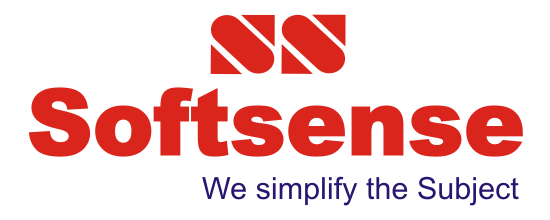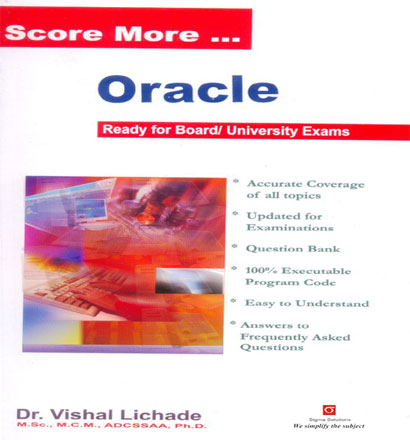- Database Management System?
- Comparison bet. DBMS & Conventional System
- Importance of Database and DBMS
- Database System Environment
- Functions of DBMS
- Diagram showing difference between database And conventional file system
- Data model & its categories.
- The Entity-Relationship (ER) model
- Advantages and disadvantages of ER model
- The Object Oriented (OO) model
- Advantages and disadvantages of OO model
- Diagram showing comparison between OO data Model and ER model
- The Relational Model
- Advantages and disadvantages of Relational model
- The Network model
- The hierarchical model
- Degree of abstraction or ANSI/SPARC data model
- The Conceptual Data Model
- Internal Data Model Vs. External Data Model
- The Physical Data Model
- Abstract View of Data
- Database Administrator
- Data Integrity
Entity Integrity, Referential Integrity
- When to enable referential integrity?
- Insert and Delete rules for Referential Integrity
Insert Rules, Delete rules
- Domain Rules for Referential Integrity
- Primary key and foreign key domains
- Primary key attributes
- Composite key, Artificial key and Foreign key
Composite key, Artificial key, Foreign key
- Codd’s 12 rules for Relational Database
- The Schema and Sub-Schema
- Functional Dependencies
- Normalization: First, Second, Third, Advanced, Boyce-Codd, Fourth, Fifth
- Example on Normalization
- Steps in Normalization
- Benefits of RDBMS
Oracle-SQL
- History of Oracle
- New features in Oracle 10g
- Starting Oracle 9i
- What is SQL?
- SQL * Plus
- Data types in SQL
- SQL Operators
- Create command
- Creating table from another table
- Alter Table command
- Drop Table command
- Insert command
- Inserting into multiple tables
- Update, Delete command
- Select command
- Exercise on select command
- Commit command
- Savepoint, Rollback command
- Example on Savepoint and Rollback
- Grant and Revoke command
- Single value functions (numeric) & their
examples: Abs, Ceil, Floor, Mod, Power,
Round, Trunc, Sign, Sqrt
- Character functions (character) & their examples : Ascii, Chr, Initcap, Instr, Length, Lower, Lpad, Ltrim, Rpad, Rtrim, Soundex, Substr, Upper, Translate
- Date Functions & their examples
Add_month, Last_day
Months_between, Next_day
- Miscellaneous functions with example
Decode, Greatest, Least, Nvl
- Group value functions ( Aggregate Functions)
Max, Sum, Count, Avg, Stddev
- Group By, Having, and Order By clause
- Creating View
- Joins: Natural, Cross, Outer, Full Outer
- Hierarchical queries / tree structure
- Integrity Constraints
Domain, Key, Primary, Unique, foreign
- Enabling and disabling a constraint
- Answers to frequently asked queries in Examination
PL/SQL
- What is Pl/SQL?
- Data types in PL/SQL
- Variable and constant declaration in PL/SQL
- Control structures: if, while, for, loop, goto
- Cursor: Opening, Fetching, Closing
- Cursor attributes
- Examples 1…7 on cursor
- Cursor variable
- Exceptions
- Large Objects
- Collections in PL/SQL
- Example on varray
- Record in PL/SQL
- Subprograms
- Procedures
- Examples 1…10 on procedure
- Functions
- Examples on function
- Overloading in PL/SQL
- Example on function overloading
- Recursion in PL/SQL
- Example on Recursion
- Packages
- Advantages of Packages
- Sample structure of Package
- Triggers, Types of Triggers
- Examples 1…6 on trigger
- Transactions & its properties
Atomicity, Consistency, Isolation, Durability
- Indexes: Unique, composite, Reverse, bitmap
- Clustering
- Creating Users
- Altering Users
- Dropping Users
- Architecture of Oracle
- Details of Oracle Architecture
- Oracle Handling Files
- Table space
- Table Space Allocation

